Wolves are some of the most captivating and powerful animals in the wild, known for their intelligence, strength, and adaptability. Across the world, different species and subspecies of wolves have evolved to thrive in diverse environments, from icy tundras to mountain ranges. While their size can vary, the largest ones stand out for their impressive stature and abilities. In this article, we’ll explore the largest wolves in the world, highlighting their key characteristics, habitats, and unique adaptations that make them remarkable apex predators.
Indian Wolf (Canis lupus pallipes)
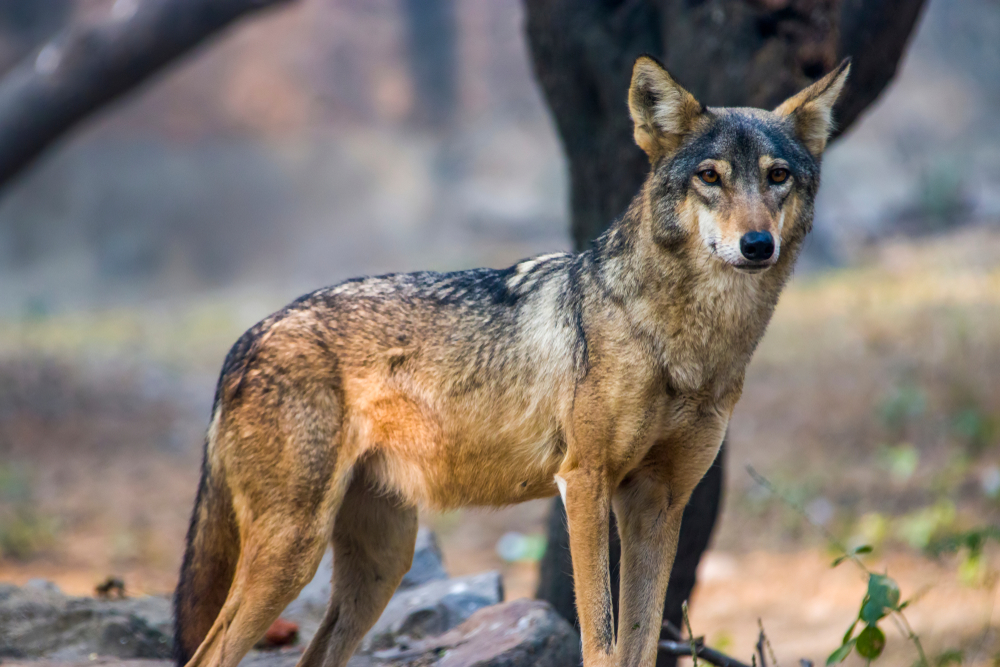
The Indian wolf is a smaller, leaner subspecies of the gray wolf, native to the semi-arid regions of India and Pakistan. Adult males typically weigh between 50 and 70 pounds, and they are generally shorter, standing around 24 inches at the shoulder. Unlike their larger northern cousins, they have shorter, thinner coats, which help them stay cool in hot environments. They are known for their endurance, often covering long distances while hunting small to medium-sized prey such as antelope, hares, and livestock. They live in small, closely-knit packs and exhibit strong social behavior, particularly when rearing young. Genetic studies have shown that they may be among the most ancient of all wolf subspecies. Unfortunately, they have been under significant threat due to habitat loss and conflict with humans, as they are often targeted by farmers protecting livestock.
Himalayan Wolf (Canis lupus chanco)
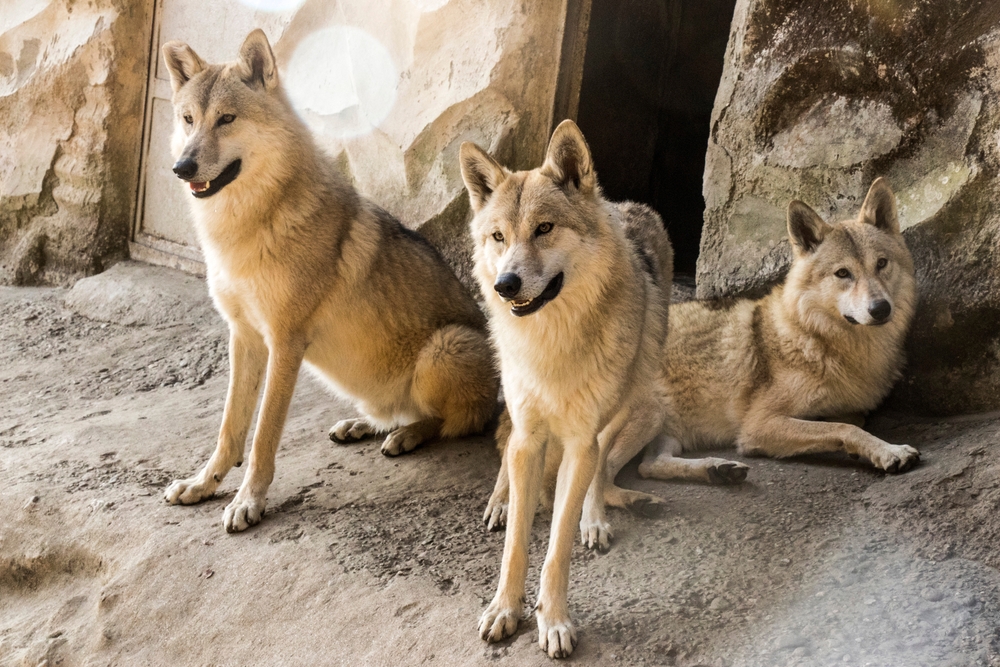
The Himalayan wolf is a unique and ancient subspecies of gray wolf found in the high-altitude regions of the Himalayas and the Tibetan Plateau. Weighing between 55 and 85 pounds, they are smaller and more slender than many of their northern counterparts, but their long legs allow them to traverse the rugged, mountainous terrain with ease. They typically stand around 26 to 30 inches tall at the shoulder, and their fur is thick, with a mix of gray, brown, and white tones that helps them blend into the rocky landscapes. They have adapted to living in harsh, oxygen-deprived environments at altitudes of over 10,000 feet, where they prey on wild goats, sheep, and smaller mammals. They live in smaller packs and are more solitary in their hunting behavior compared to other subspecies. Despite their remote habitat, they are considered vulnerable due to habitat loss and conflicts with humans, particularly in regions where they come into contact with livestock. Recent genetic studies suggest that they may represent one of the oldest lineages of wolves, separate from the more commonly known gray wolf populations.
Timber Wolf (Canis lupus lycaon)
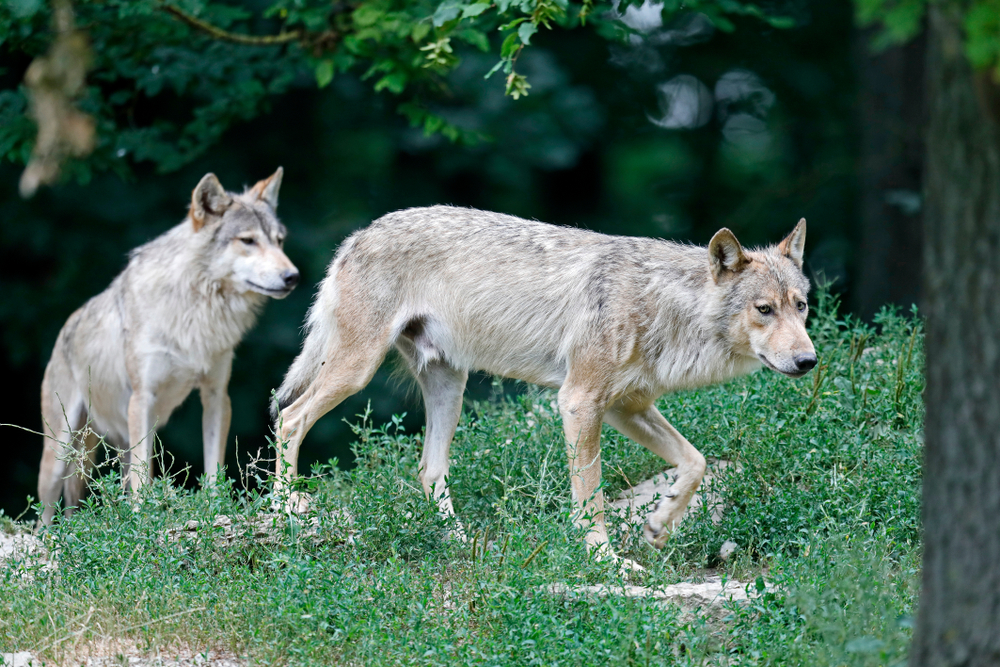
The timber wolf, also known as the Eastern wolf, is native to the forests of eastern Canada and the northeastern United States. Males typically weigh between 60 and 100 pounds, with a length of up to 6 feet from nose to tail. They are slightly smaller than their western counterparts but are highly adaptable, thriving in dense forests and along river valleys. Their coat is often a blend of gray, brown, and black, providing effective camouflage in woodland environments. They are excellent hunters, with a diet that includes deer, beavers, and small mammals. They are known for their exceptional speed and agility, making them efficient predators in forested areas. Recent genetic studies have shown that timber wolves are more closely related to red wolves than to other gray wolf subspecies.
Gray Wolf (Canis lupus)
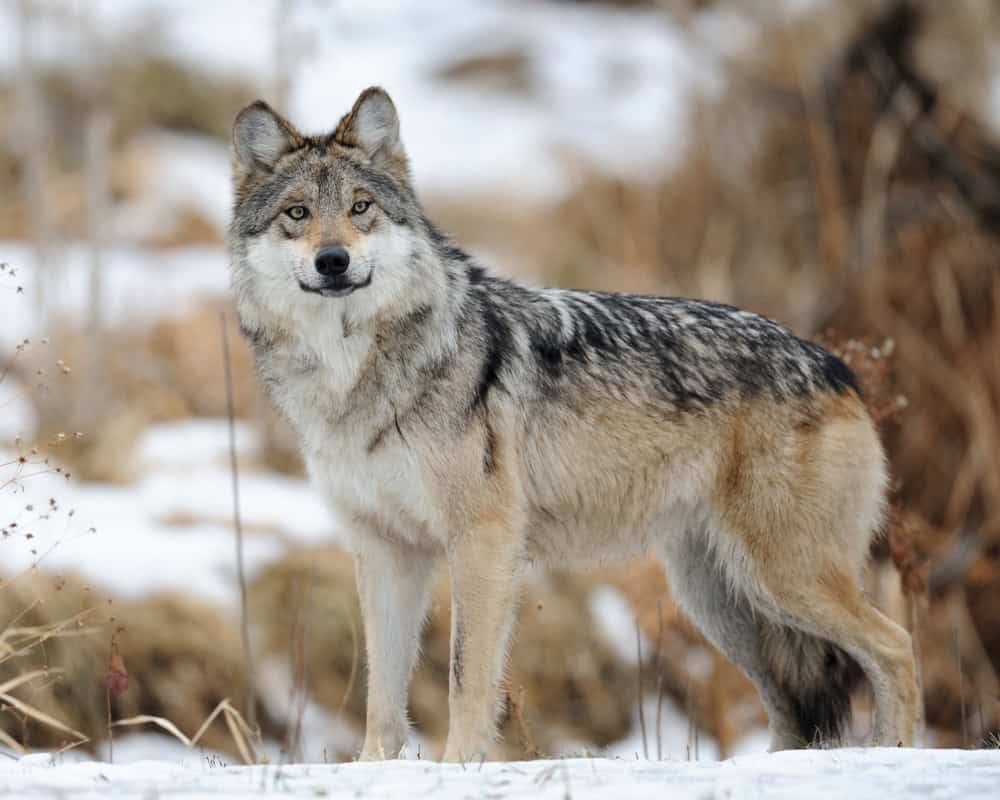
The gray wolf is the largest member of the Canidae family, with adult males weighing between 80 to 120 pounds and measuring up to 6 feet in length, including their tail. Females tend to be smaller, averaging 60 to 100 pounds. Standing at about 30 inches at the shoulder, gray wolves have thick, dense fur that varies in color from gray and white to brown and black, providing excellent camouflage in various environments. Known for their incredible stamina, they can travel up to 30 miles in a day when hunting. They primarily inhabit North America, Europe, and parts of Asia, thriving in forested, mountainous, and tundra regions. They live in packs and are highly social, often engaging in coordinated hunting strategies to take down large prey. In recent years, their populations have been reintroduced in some areas where they were previously extirpated, helping restore local ecosystems. Interestingly, they have been found to interbreed with coyotes and domestic dogs in rare instances, creating hybrid populations.
Arctic Wolf (Canis lupus arctos)
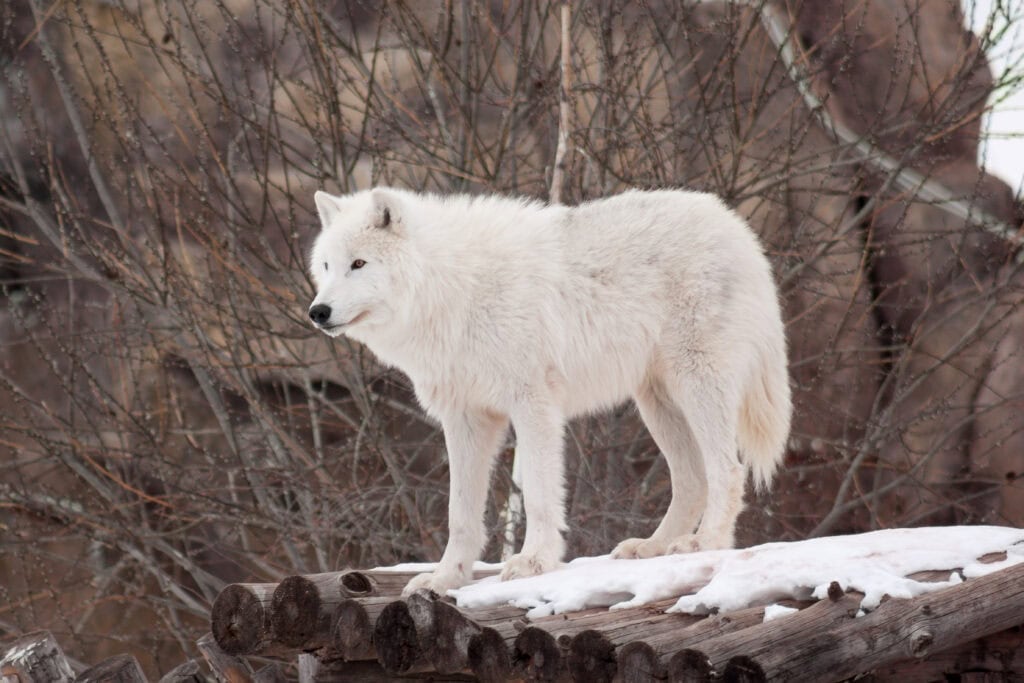
The Arctic wolf is a striking subspecies of the gray wolf, adapted to the freezing temperatures of the Arctic Circle. Weighing between 70 to 125 pounds, they are slightly smaller than their gray wolf cousins but are still formidable predators. Their thick, white fur helps them blend into the snow and insulates them from the cold, while their smaller ears and shorter snouts reduce heat loss. They typically stand around 25 to 30 inches tall at the shoulder, and their bodies are compact and muscular, allowing them to conserve energy in harsh environments. They primarily hunt musk oxen, Arctic hares, and caribou, sometimes traveling long distances across the tundra in search of food. Unlike other wolf subspecies, they live in smaller packs, often due to the scarcity of large prey. New research suggests that Arctic wolves may be increasingly migrating to new territories as their traditional hunting grounds become less viable.
Eurasian Wolf (Canis lupus lupus)
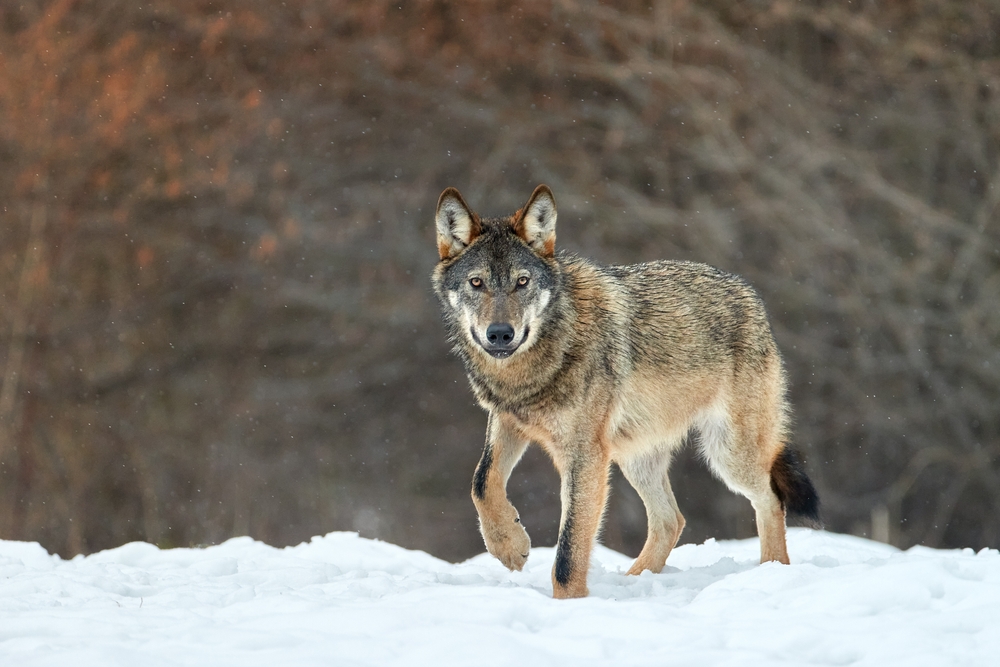
The Eurasian wolf is one of the most widespread wolf subspecies, found across Europe and Asia. They can weigh up to 130 pounds, with males averaging around 5.5 to 6 feet in length. They have a lean, muscular build, and their fur is typically gray with hints of brown and white, allowing them to blend into the diverse habitats they inhabit, from forests to steppes. They are highly adaptable and can thrive in various climates, from cold, mountainous regions to temperate forests. Their primary prey includes deer, wild boar, and small mammals, though they have been known to scavenge when necessary. In some regions, they have adapted to living near human settlements, leading to occasional conflicts over livestock.
Tundra Wolf (Canis lupus albus)
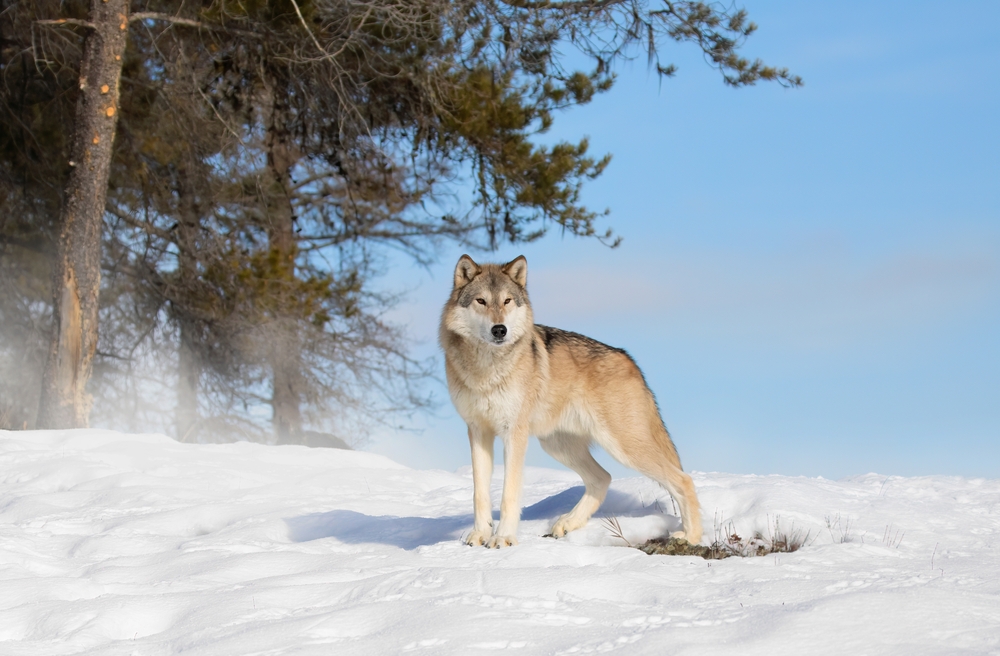
The tundra wolf is a large subspecies native to the remote tundra regions of northern Russia and parts of Scandinavia. They can weigh up to 140 pounds and reach lengths of 6 feet, making them one of the largest wolves in Eurasia. Their thick, pale gray or white fur provides excellent insulation against the cold, and their long legs allow them to travel easily over snow-covered terrain. They are primarily carnivorous, hunting reindeer, musk oxen, and hares, though they will also scavenge when prey is scarce. They are also highly migratory, often following the seasonal movements of their prey across vast distances. They are known for their strong family bonds, with packs typically consisting of a dominant pair and their offspring. Interestingly, tundra wolves are one of the few subspecies that have been observed cooperating with other predator species, such as polar bears, in rare instances.
Northwestern Wolf (Canis lupus occidentalis)
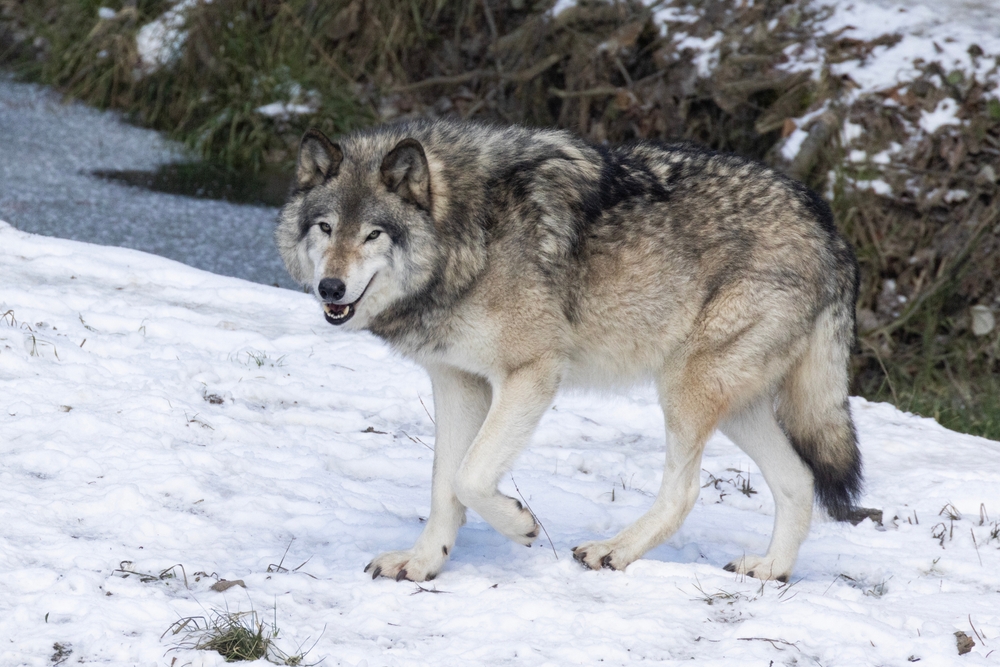
The northwestern wolf, also known as the Mackenzie Valley wolf, is one of the largest subspecies of gray wolves, native to Alaska, western Canada, and parts of the northern United States. Males can weigh up to 175 pounds and reach up to 7 feet in length, making them the heaviest of the gray wolves. They are well-adapted to the cold climates of the Arctic and sub-Arctic regions, with thick fur and powerful muscles that allow them to travel across rugged terrain. They primarily hunt large prey, such as elk, bison, and moose, using their strength and teamwork to take down animals much larger than themselves. They are known for their resilience and ability to survive in some of the harshest environments on the planet. Their populations remain stable due to their remote habitats, which are less impacted by human activity. Some studies have shown that northwestern wolves have a slightly different genetic makeup compared to other gray wolf subspecies, indicating a long history of isolation.
This article originally appeared on Rarest.org.
More from Rarest.org
15 Dazzling Marine Creatures with Unforgettable Hues

The ocean is home to some of the most breathtaking creatures on the planet, many of which captivate with their vibrant and unforgettable colors. These marine animals are not only visually stunning but often use their dazzling hues for camouflage, communication, or protection. Read More.
17 Extraordinary Pollinators Essential to Ecosystems Worldwide

Pollinators are vital to the health of ecosystems around the world, helping plants reproduce and ensuring the survival of countless species. From tiny insects to larger animals, these pollinators play an essential role in supporting biodiversity and food production. Read More.
15 Spectacular Invertebrates with Amazing Survival Skills

Invertebrates are some of the most adaptable and resourceful creatures on Earth, developing unique survival skills to thrive in diverse environments. From complex camouflage to explosive defense mechanisms, these creatures have evolved extraordinary abilities that help them evade predators, catch prey, and survive extreme conditions. Read More.
